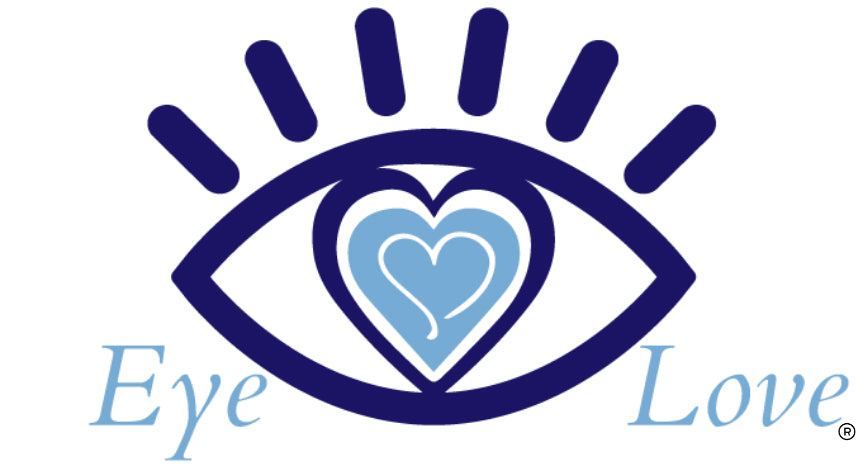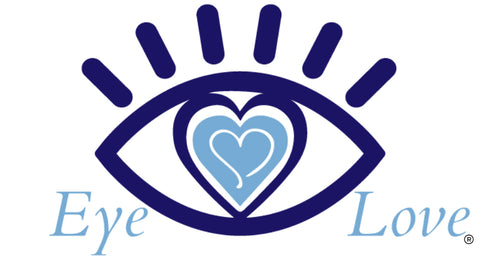My eye doctor introduced me to this product and I love it . Keeps my eyes free of crusties and they feel great
Yes, it’s better than the one I had. I wish it was little colder. Yes, next I will try the cold plunge. If I’m brave.
Very high quality. I use this product daily. It’s gentle, non-irritating and effectively removes any particles from my eyes from blepheritis. I highly recommend it.
I really love it
They work very well -- not too much tea tree oil -- refreshing - and I like that I can take the packets with me in my purse.
Very nice wash for face and eyes. Using for a few years. Great Product.
I have dry-eye and I was frustrated with the wasteful little plastic packs of drops. I found Heyedrate and it worked to calm my eyes. I showed it to my eye doctor and she said it would be good to use. Now I keep a bottle by my bed and use it first thing in the morning. It lasts most of the day. I wish it was not so expensive, but I wouldn't give up using it.
Those are products I use every day and see wonderful results with my eyes. Thank you,
Our mail order subscription has been flawless. We appreciate the reliable service and a very effective product.
Just after the first use it left my eye feeling dry and then my eye started hurting. I waited a couple of days and tried using it again and the same thing happened, so I waited a day and tried again and the same thing happened. I have come to the conclusion that this is not the product for me. I wish it was.
I have been taking these vitamins for many years. I decided to stop them once and when I went into the eye doctor I had developed new issues with my eyes. I restarted these vitamins and no more issues with my eyes. Convinced me they are working. Thank you.
Excellent results. When used regularly it greatly reduces the redness from my eye issues (meibomian gland dysfunction) and also greatly reduces possible eye lid infections.
I have used this product for years now. I have dry eye and also use a prescription. These vitamins help so much.
I have been using this product regularly for several years. In addition to using it morning & evening, I also use it as needed when my eyes feel dry or itchy. Lots of pollen allergies where I live. I find it much more soothing than eye drops.
Easy to use, never stings my eyes.
She is on the website, but LinkedIn says she is no longer associated with the company. How can I trust you as a resource?
Excellent results and have been using for several years. My ophthalmologist said to keep using as my eyes look great!
I have been using heyedrate for a few years now. It keeps my blepharitis at bay and has significantly reduced dry eye.
It works well, maybe too well. My Drs instructions were twice a day but I had to drop to once a day due to the skin around my eyes became dry and painful. Once a day is fine
I really like the product.
I wish you still made the tea tree bar soap.
Really helps my ocular rosacea.
It works! My eyes will never be normal because of so many surgeries. I will never listen to MD’S again.







